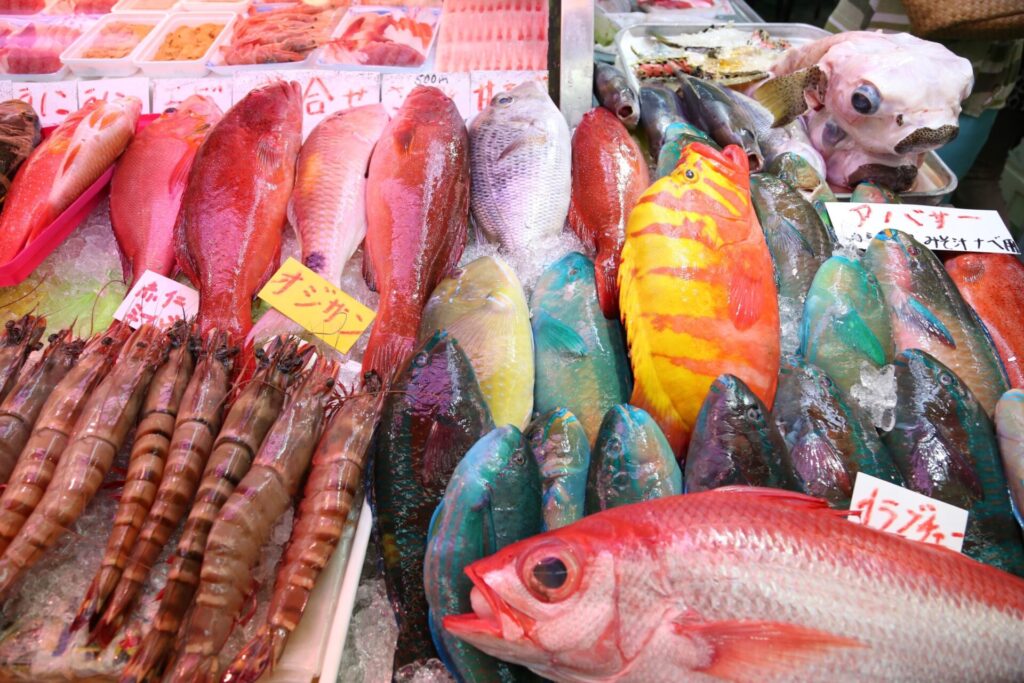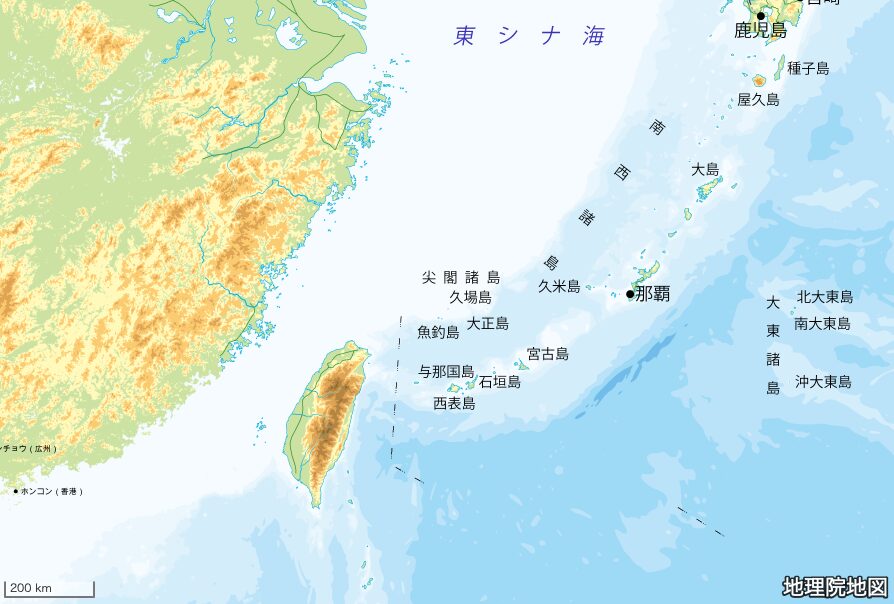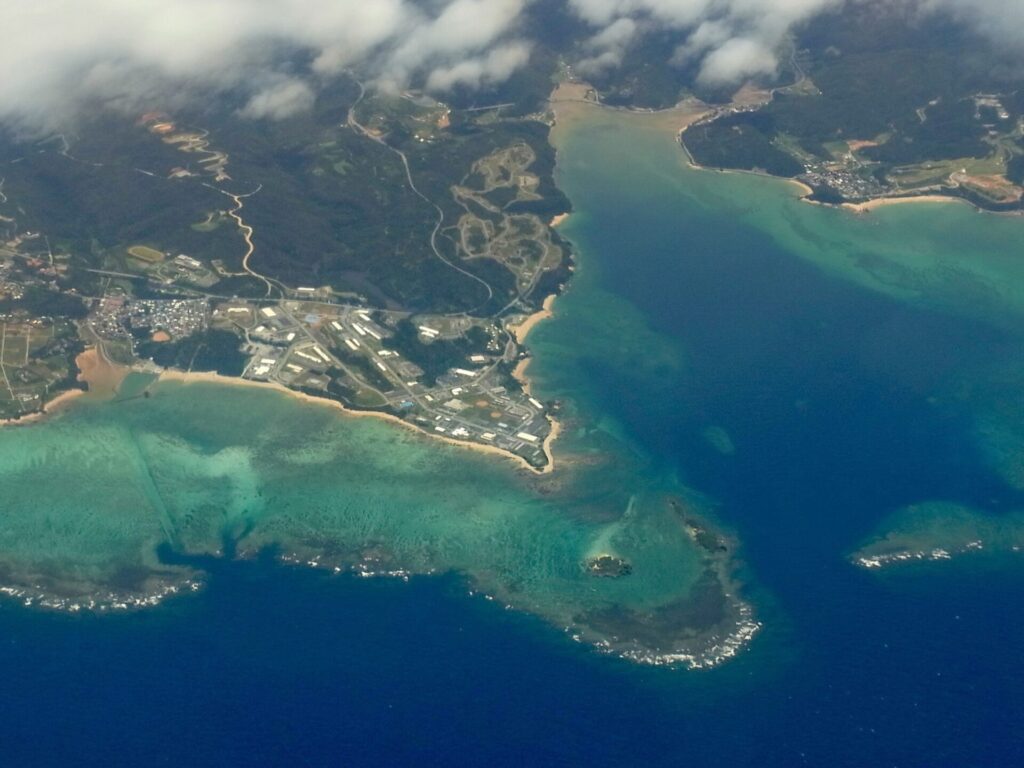Sabani

It is said that it used to be a dugout canoe made of pine. Pine changed to Japanese cedar over time, then to a boat made of planks, and now to plastic.
Sabani is thought to be original to Okinawa, albeit some similar boats were also seen in the southern islands of Kagoshima prefecture or Amami Islands. Nonetheless, as far as I know, they hardly exist in the Amami Islands anymore. In that sense, we can consider sabani as one item which illustrates the Okinawan fishing culture.
At first sight, sabani is small, narrow, and looks awfully unreliable. However, the people who lived in fishery owned a dignified shipbuilding culture: it is said that they sailed across the ocean on this boat as far as Korea, in order to transmit their shipbuilding art. What’s remarkable about these boats are their seaworthiness and agility. And quite handy as well, given its size. As a fishing boat, except in fisheries when nets must be loaded, sabani is of far greater use than the broad ships of mainland Japan.
A line from the photo book Roujin to Umi (The Old Man and the Sea):
“At an age where we didn’t have an engine on sabani yet, if one met the Taiwan-bōzu (Taiwan-boy; sudden rainstorm peculiar to this region, the greatest fear of Yonaguni fishermen,) at sea, one would sink the sabani and held on to its rim to wait for the storm to pass. Or, at times when one fished a marlin too large to lift up on the boat, they sank the sabani and placed the marlin on top, then scooped out water to let it float again.”
People of bygone days owned such abundant indigenous wisdom, whether living in the sea, or in the mountains. Civilization has gradually taken it away and changed humans to be feeble to nature, to be an arrogant existence.
In this way, we can say that sabani is an Okinawan culture that still subsists to this day.









































































































































































































































